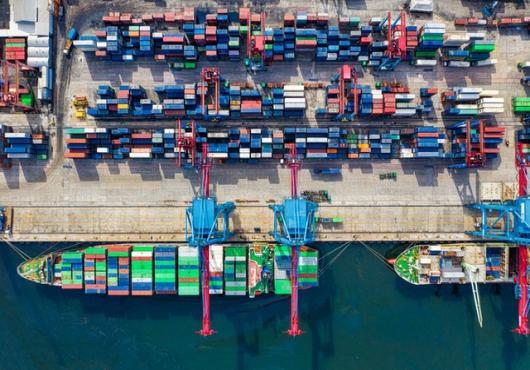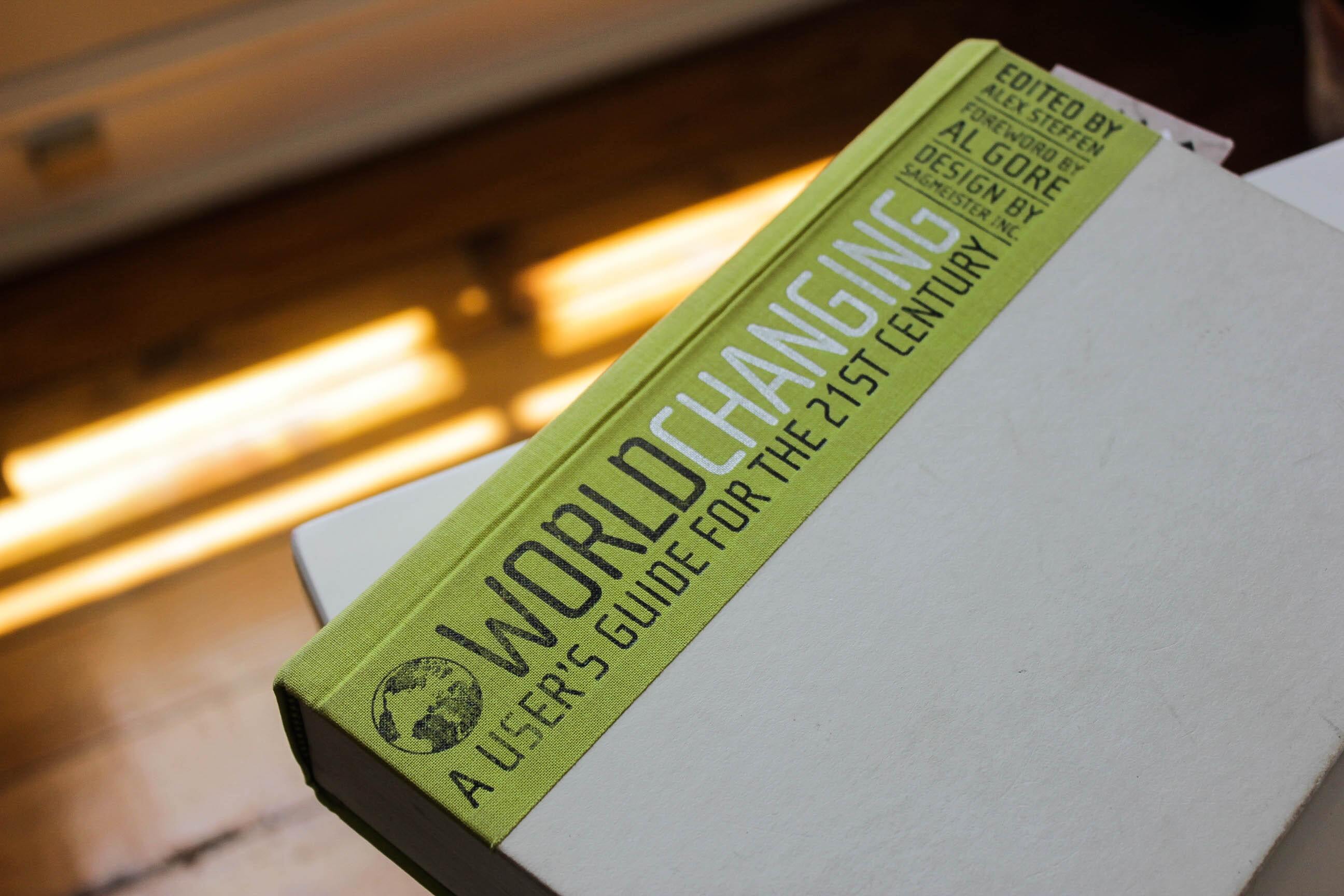

Over recent years, there has been an increased focus and pressure on sustainability in practically all spheres of life and work due to the increasing concern over climate change. So, the situation is not different in the case of the supply chain, either. This is a very positive thing. Through improving supply chain management, both the environment and companies will benefit tremendously. The focus of this improvement should be environmental, social, and economic performance.
Although this process is a complex one, the benefits that companies will reap are substantial. Some of the advantages of these changes will be the conservation of resources, process optimization, and the innovation of products while reducing costs and increasing productivity. Additionally, companies will have the opportunity to promote corporate values and create a better image of themselves. On the other hand, failing to act could pose significant risks. To avoid that, you can consult professionals who can help you grow and develop. Additionally, to ensure success and achieve all goals, you can follow some ways to improve supply chain sustainability.
-
Taking inventory and mapping supply chain
Many companies are not aware of the sustainability impacts of their supply chain. Understanding this is the first step toward improvement. To do so, companies must take inventory of their suppliers. Having a clear picture of the situation will uncover the most significant environmental and social challenges. It will further allow developing strategies toward fixing the issues and implementing changes.
-
Communicating openly and revealing expectations
Focusing on sustainability within the supply chain is an excellent opportunity for companies to communicate their improved corporate values and culture to their suppliers and customers. It is a fantastic way to rebrand and send a better image to the world.
Good communication is the only way to establish long-lasting cooperation and achieve your goal to improve supply chain sustainability
.jpg)
Establishing open rapport with the suppliers will allow for communicating expectations. Consequently, it will lead to the formation of long-lasting partnerships and ultimately attracting new clients. It is vital to include your supply chain in your sustainability efforts.
-
Monitoring supplier performance
It is essential to evaluate the performance of suppliers regularly. Companies can do this through questionnaires and self-assessment forms. Such checks will serve the companies to collect data that will reveal areas in dire need of improvement. Again, constructive communication is crucial for any cooperation, and especially for future engagement. Also, it is imperative to encourage improvement once problem areas have been discovered.
-
Training
By organizing training and capacity building, companies can begin to implement procedural changes and cultural ones. Training will serve to educate the staff and provide encouragement for behavioral changes. During the Covid-19 pandemic, but also in regular times when the proximity of all those involved in the supply chain is an issue, external online resources available. They are often tailored to the specific needs of particular industries, too.
Online training sessions are a fantastic way to teach staff about new practices that will improve supply chain sustainability
.jpg)
Such training sessions are an excellent opportunity to showcase other companies' best practices and the highest performing suppliers. They are also a suitable time to demonstrate all the benefits such practices will bring.
-
Encouraging performance improvement and industrywide collaboration
To measure performance improvement, it is probably best to develop audit programs. Although questionnaires and self-assessment can provide valuable information, sometimes they fall short when it comes to identifying behavioral issues and opportunities for enhancement. After performing an audit, it is vital to take action on the findings and create corrective plans. Once again, there is an emphasis on clear and open communication. Your suppliers need to understand that contract termination is a consequence of continued non-compliance. Moreover, introducing incentive programs to reward and reinforce sustainability efforts is a great idea. It is also necessary to offer help with new policy designs and provide support for implementing the new practices, all while encouraging transparency.
Furthermore, it is important to understand that all individual efforts are not enough, although they are a good start. As already stated, supply chain challenges are quite complex. Therefore, collaboration among all the participants in an industry is necessary. This means that different companies in the same sector should work together and implement the same standards. Companies often use similar supply chains, so if their procedures and requirements are synchronized, suppliers don't have to meet different needs, thus reducing paperwork.
-
Technology utilization
The use of technology can help generate impressive amounts of useful data. It can help point to inefficiencies enabling companies to address them. For instance, in the case of shipping companies, the simple installation of a CRM program can immensely improve customer experience. It can also help develop more eco-friendly logistics, providing more efficient routes. All of this combined will also help potential clients find the best option available. Again, all the changes will add to the company's better image and promote its corporate values. The right choice of technology can assist with and reduce packing. It, too, will help improve supply chain sustainability.
Shipping companies can benefit significantly from utilizing technology to improve supply chain sustainability
.jpg)
All of these ways to improve supply chain sustainability will help your company and the environment immensely. Introducing tracking tools to monitor performance and improvement of suppliers, setting up requirements for the procurement process in accordance with the supply chain sustainability, and encouraging innovation are all viable options as well. The most important thing is to do is to take action. There is no better time to start the change than now. Just don't get stuck in the old ways and realize that inaction might cause much greater risks. Regardless of how painstaking and complex the road to improvement is, keep an eye on the prize and never lose sight of the awaiting benefits. Finally, never forget that good communication is the tool to achieve all your goals.






